Brachychiton discolor, commonly known as the Queensland lacebark or pink flame tree.
- Harvesting Seeds:
- Seeds are typically found within the large woody capsules of the tree.
- Wait until the capsules have dried and start to split open naturally. This usually occurs in late summer or early autumn.
- Collect the seeds from the open capsules. Be cautious, as the seeds may have irritating hairs that can cause skin irritation.
- Cleaning Seeds:
- Remove any remaining plant material from the seeds.
- Some gardeners recommend soaking the seeds in water for a day or two to help clean and soften them.
- Stratification (Optional):
- Stratification is a process that simulates the natural conditions seeds would experience during winter. It involves exposing the seeds to a period of cold and moist conditions.
- Brachychiton discolor seeds may benefit from stratification, but it might not be strictly necessary.
- Sowing Seeds:
- Plant the cleaned seeds in a well-draining seed-starting mix.
- Bury the seeds at a depth of about twice their diameter.
- Keep the soil consistently moist but not waterlogged.
- Germination:
- Germination times can vary, but you may start to see seedlings emerging in a few weeks to a few months.
- Provide adequate light for the seedlings, either by placing them in a sunny location or by using artificial lights.
- Transplanting:
- Once the seedlings are large enough and have developed a few sets of true leaves, they can be transplanted into larger containers or directly into the garden if the weather is suitable.
- Growing Conditions:
- Brachychiton discolor prefers well-draining soil and a sunny location.
- Water the young plants regularly but avoid waterlogged conditions.

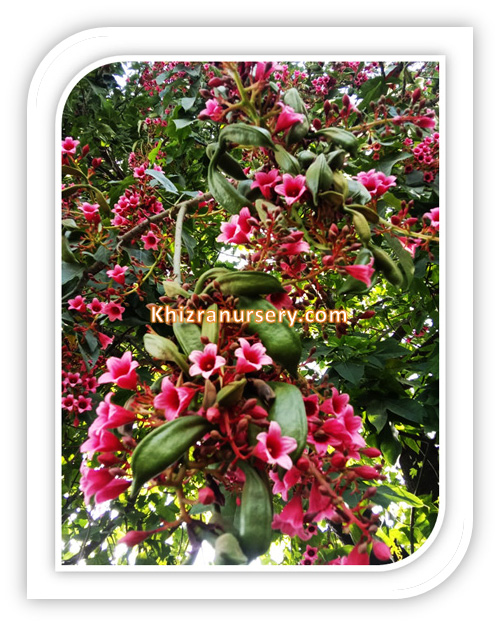




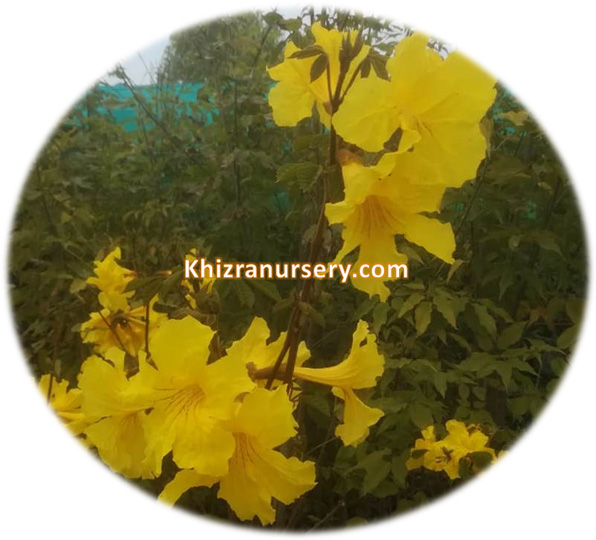

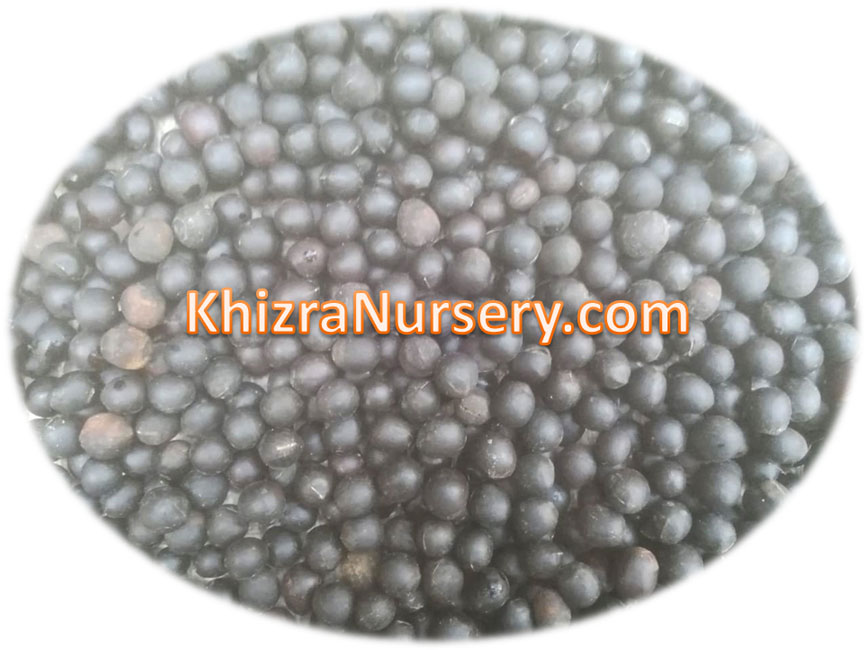


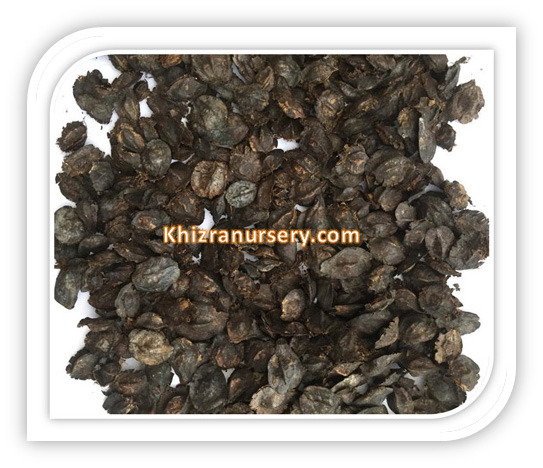
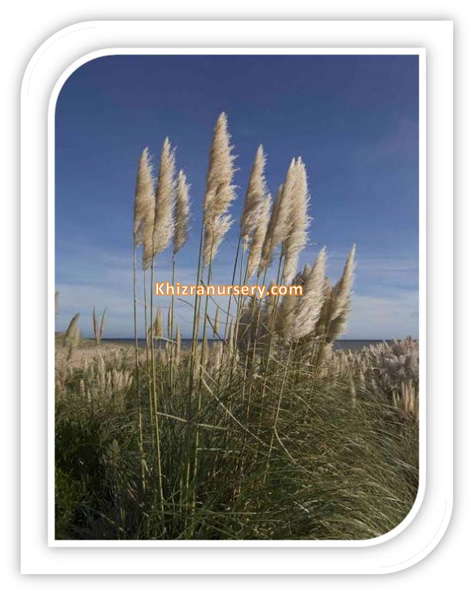
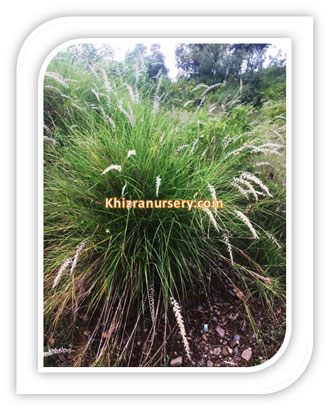

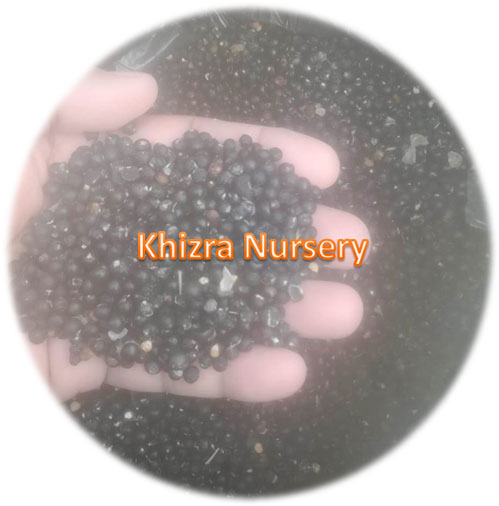
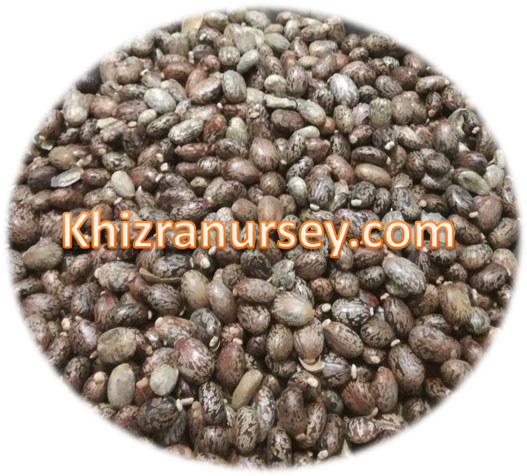


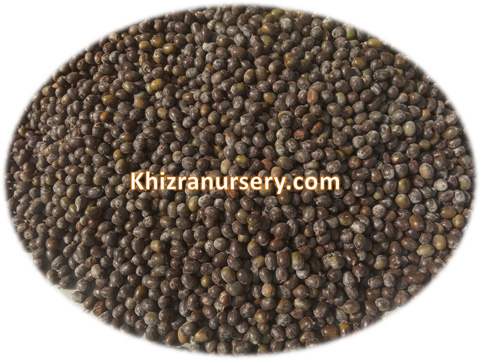
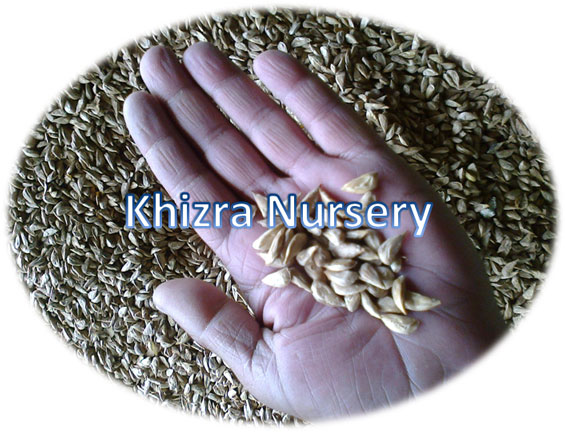
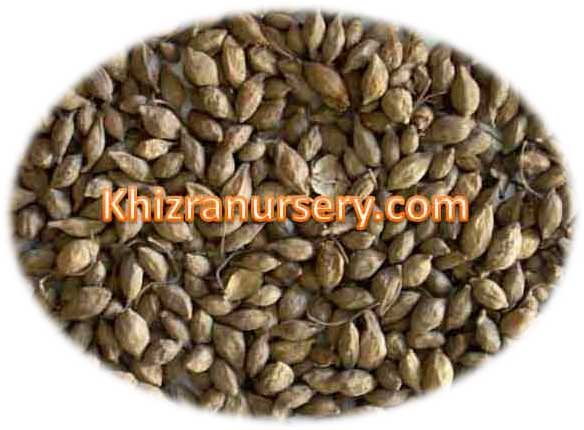

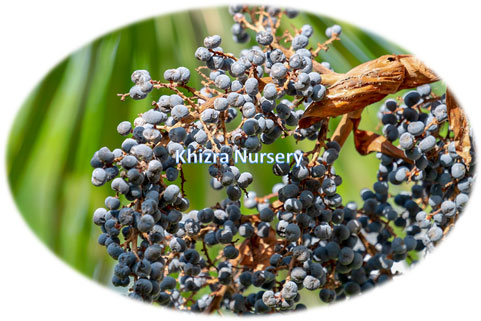

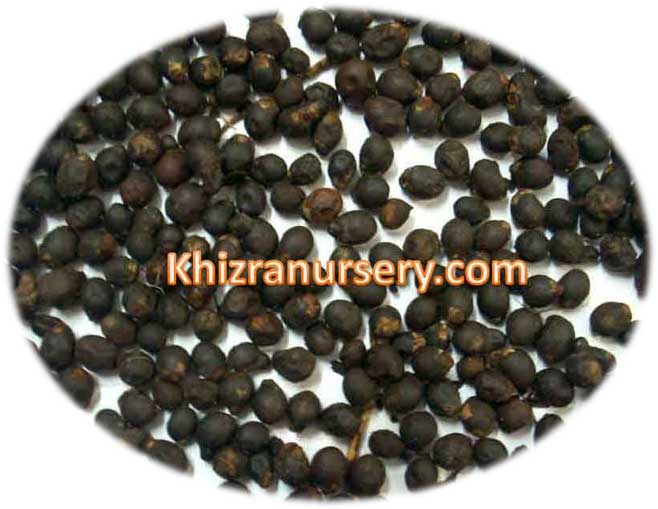


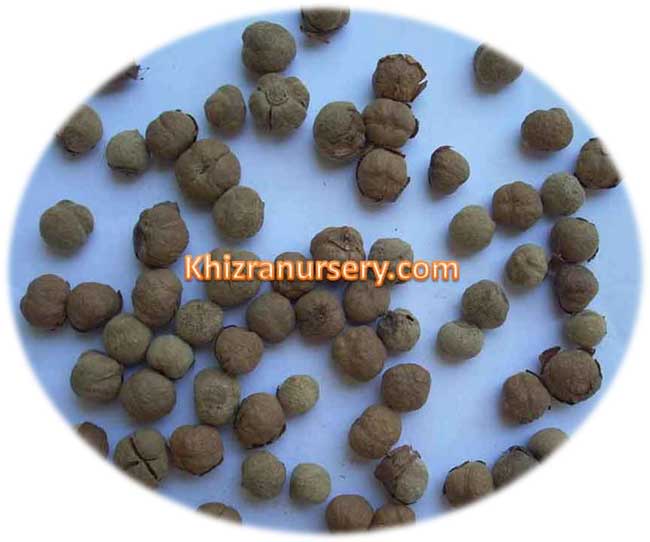

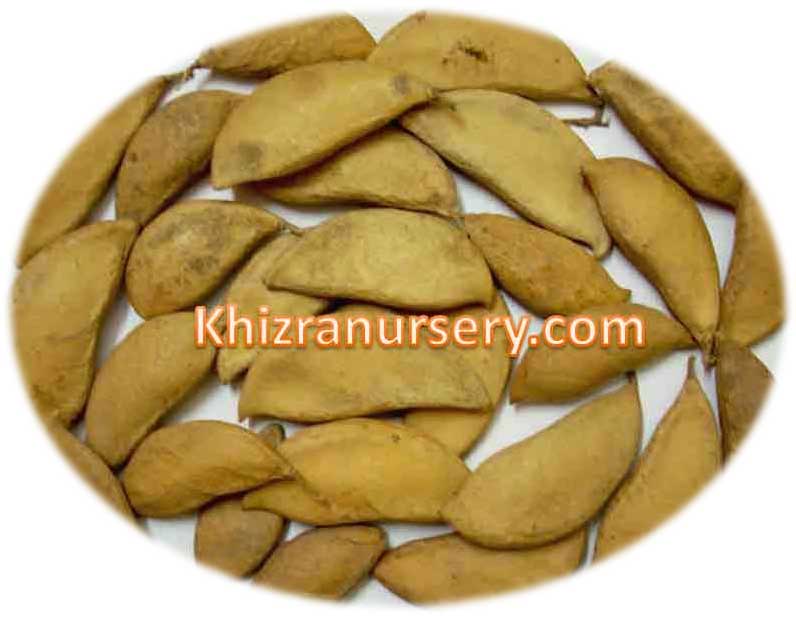

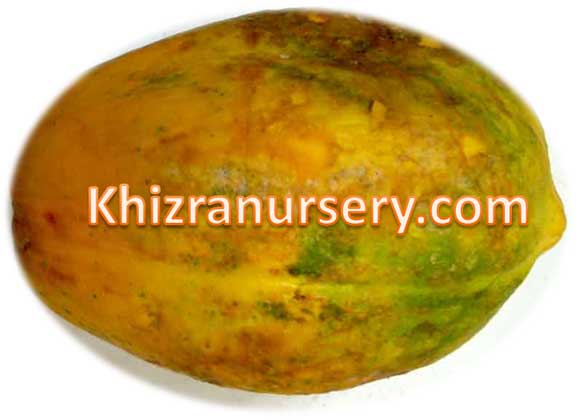

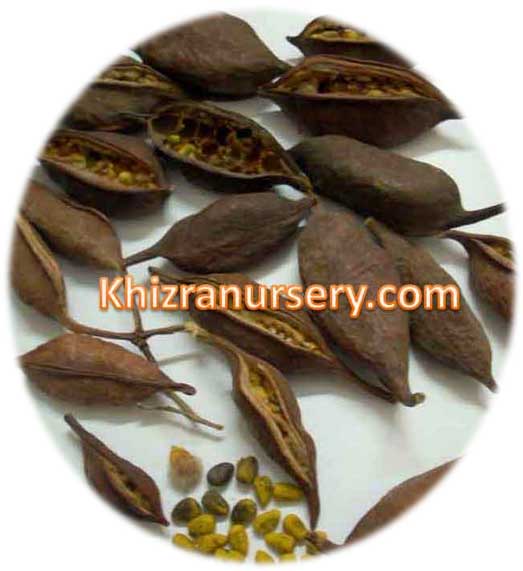

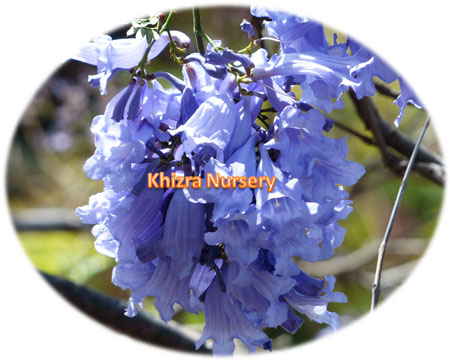
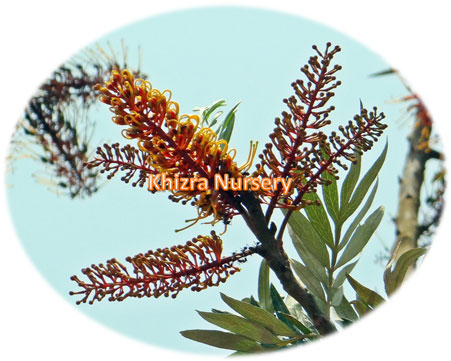
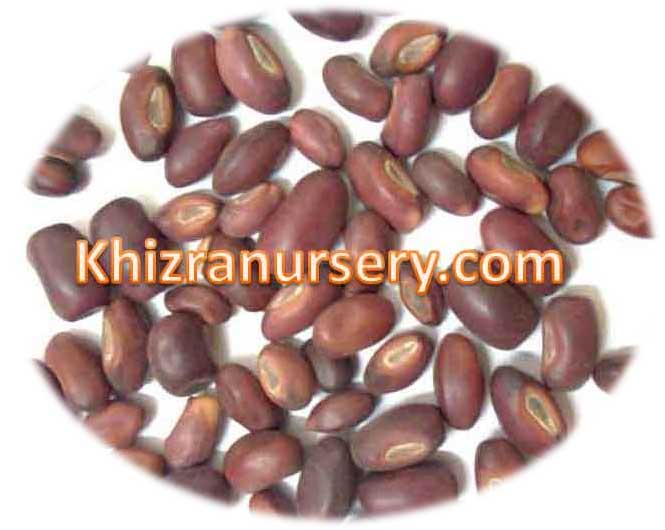

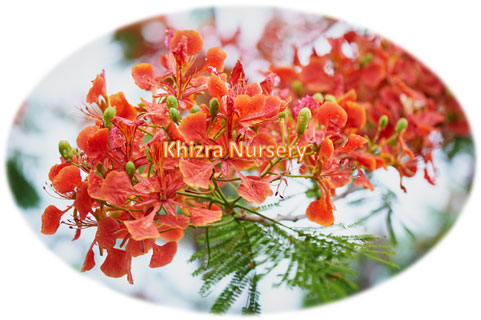
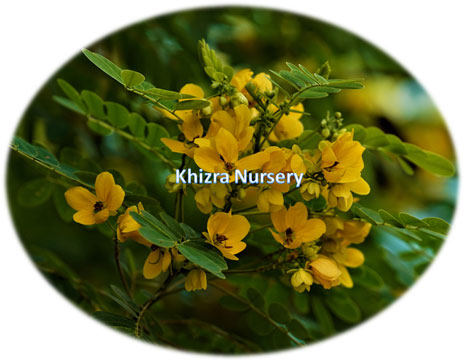
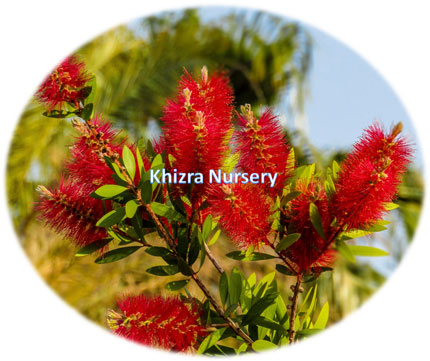


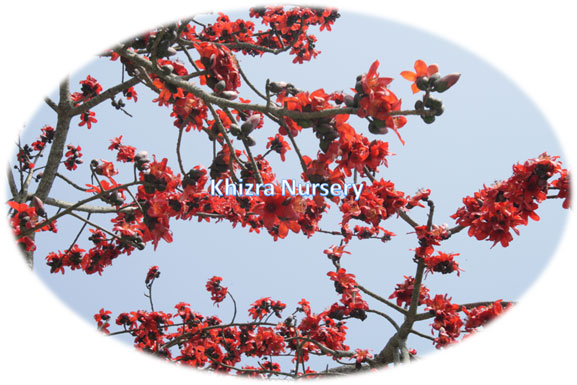
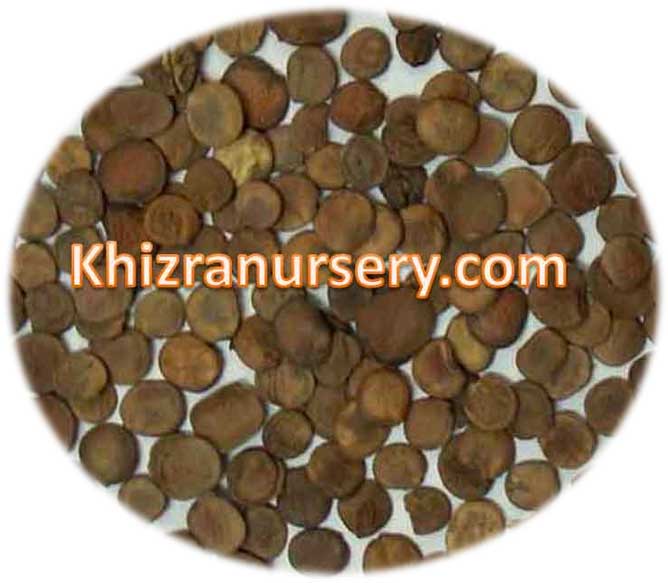

Reviews
There are no reviews yet.